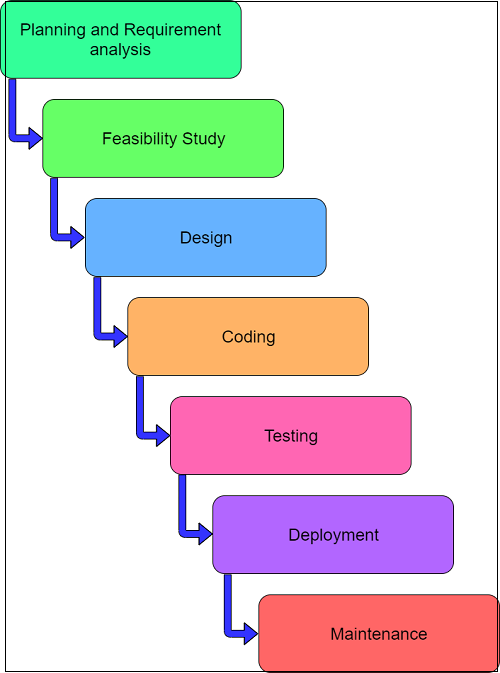SDLC in Software Engineering
SDLC
SDLC stands for the Software Development life cycle. It is a pictorial and diagrammatic representation of the software life cycle. A life cycle model represents all the techniques required to integrate software into the program. It also provides the framework in which these methods should be performed.
In other words, visual representations of the geographical life of various activities are performed on a computer system from inception to retirement. Different life cycles may determine appropriate developmental activities in different areas in different ways. Therefore, no element follows the model of life, essential activities are included in life, although the activity may be performed in different directions in different living standards. During any life cycle, more than one activity can also be performed.
SDLC is a process that is used to develop software. The goal of the SDLC is to produce high-quality software that fulfills customer expectations. Software development should be completed within a specified time and cost.
Need of SDLC
There are some reasons why SDLC is essential for developing software:-
- SDLC helps to analyze the requirements and cost estimation for developing software.
- It makes all the process systematically for the developers.
- It gives an idea about what to do and when to do it.
- It reduces the chances of product failure.
SDLC Phases

1) Planning and Requirement analysis
The planning phase reflects the objectives of the project, which were collected during the requirement gathering phase. It involves identifying the specific activities and resources required to complete the project and planning the steps required to accomplish those objectives.
Requirement analysis is the most important step in the software development life cycle. A business analyst collects the requirements from the customer. The customer's requirements are documented in the Business Requirement Specification.
The Business Analyst and Project Organizer held a meeting with the customer to gather all the data that the customer wants, who will be the end-user, what is the purpose of the product. Before making a product, a core understanding or knowledge of the product is essential.
2) Feasibility study
In this stage, the project team will want to answer some key questions at this point. Forex- can the project be completed on time, and it can be completed within the existing budget that it's been set aside for this particular project. Also, with the existing staff you have. The expertise in house to do this kind of project or you had to hire outer contractors. If you have the expertise in-house, it is a custom type of software. Do you go ahead and build that with internal staff, or is there an existing software package that you could buy yourself that meets your needs.
3) Design
The next step is to bring complete knowledge of requirements and analysis and to design a software product. The information gathered from users are inputs of this phase. The result of this phase comes in the form of two designs; Logic design and physical design.
4) Coding
In this phase of the SDLC, real development begins, and programming is done. Implementation of software design begins in the context of writing code in the appropriate programming language and efficiently developing error-free executable programs.
5) Testing
When software is developed, it is tested against the requirements of the software to meet the requirements, which are mentioned during the requirements phase. Developers do software testing while coding, and experts also do it at different levels, such as module testing, program testing, product testing, in-house testing, and user end-of-product testing.
6) Deployment
The deployment phase aims to make the developed software operational in a live environment. When the product is fully tested and accepted by the business, then it is deployed in the operational environment.
7) Maintenance
The software is maintained by updating the code according to changes in the user's environment or technology over time. At this stage, challenges may arise from hidden bugs and unknown real-world problems.